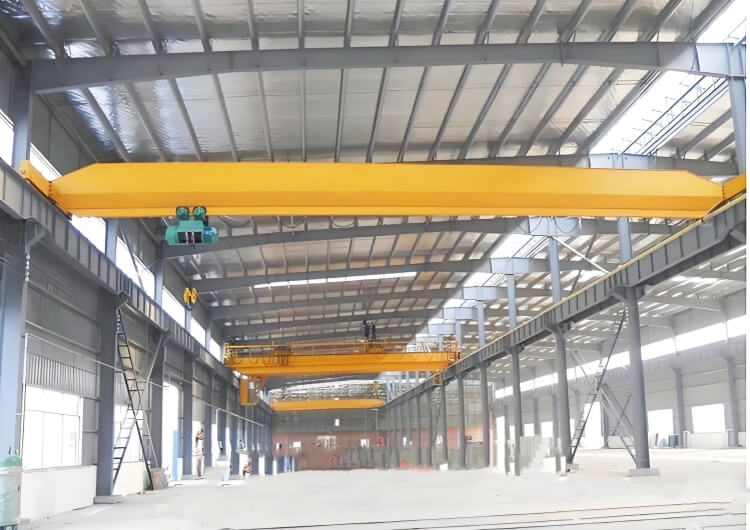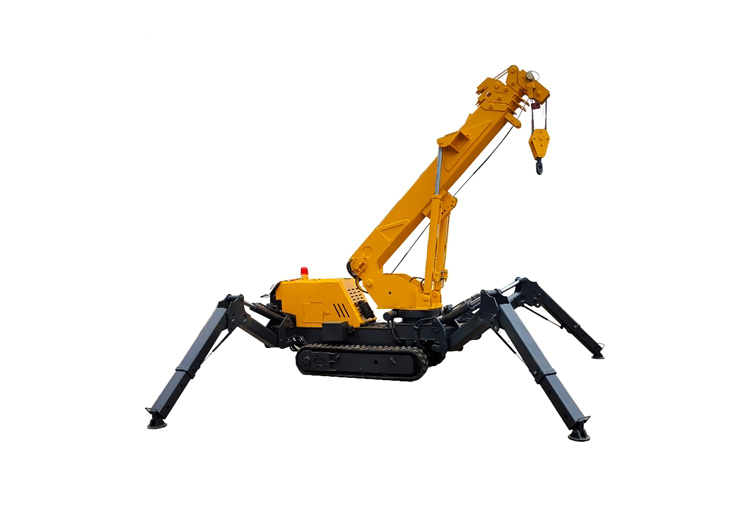Crane Safety Guide: Ensuring Safe Operations and Accident Prevention
To guarantee the safety of crane operations and prevent accidents, this Crane Safety Guide has been established. All operators, crew members, and associated personnel must strictly adhere to these guidelines for effective safety management and risk mitigation.
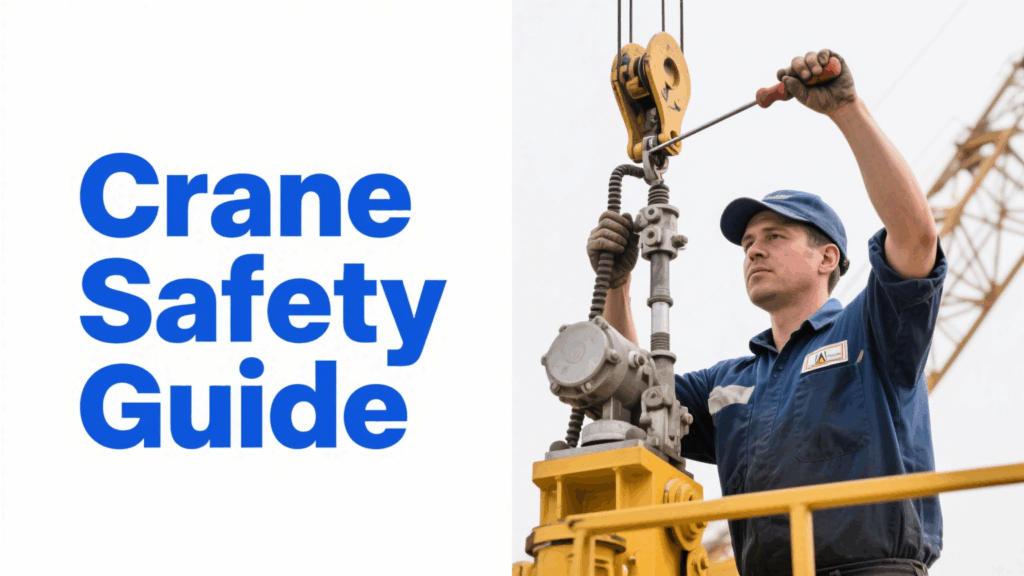
I. Preparation Before Operations

1. Equipment Inspection
Before each day’s work, conduct a comprehensive inspection of critical crane components such as hooks, wire ropes, brake systems, limit devices, and hydraulic systems. Ensure there are no signs of wear, deformation, or oil leakage. Equipment must not be operated if any faults are detected.
2. Qualifications and Training
All operators must hold the necessary certifications to operate cranes. They should regularly participate in safety operations training and emergency drills. Individuals who have not completed training or who have not passed evaluations are strictly prohibited from operating cranes.
3. Environmental Assessment
Before starting operations, assess the working area. Remove any obstacles, confirm that the ground bearing capacity meets requirements, and cease operations in inclement weather (e.g., strong winds, heavy rain, lightning). Ensure that clear warning signs are set up to alert individuals to potential hazards.
II. Standard Operating Procedures During Work
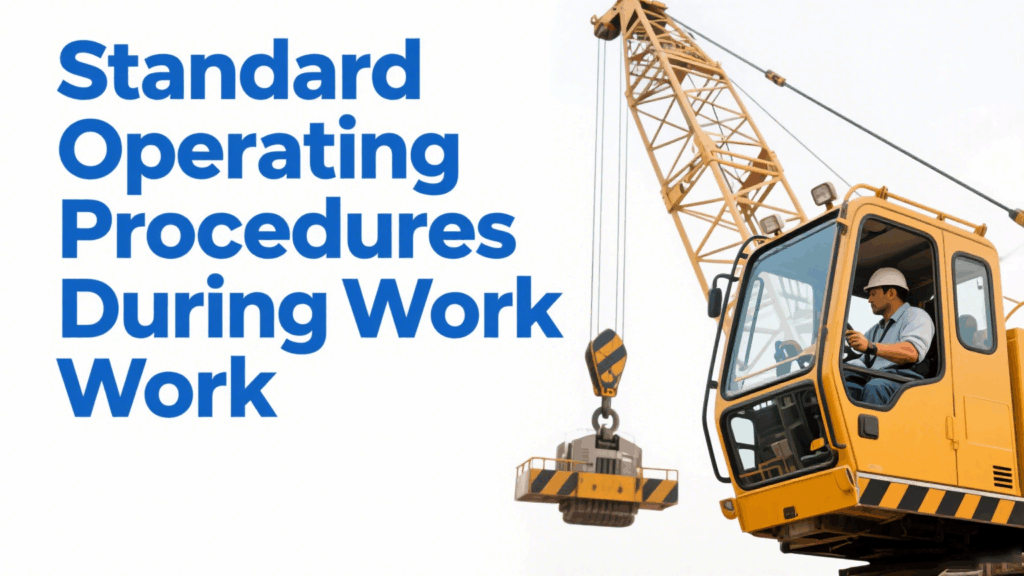
1. Load Management
Work strictly within the rated lifting capacity. Prohibit overloads, angling loads, or abrupt lifting and lowering. Verify the weight and center of gravity of the load before lifting and select and use lifting gear correctly.
2. Communication Signals
Utilize standard hand signals, flag codes, or walkie-talkies throughout the operation to communicate signals. Operators should only follow the commands of designated personnel, and operations must halt immediately if any signals are unclear.
3. Safe Operation
Operate the crane smoothly to avoid sudden stops or turns. Keep an eye on the surrounding environment during lifting and lowering to ensure no individuals are present under the load. Confirm that the tracks or surfaces are clear of obstacles before moving the crane.
4. Personnel Safety
It is strictly forbidden to stand or walk under suspended loads. Personnel must wear appropriate safety gear such as helmets and safety belts. For high-altitude work, safety belts must be secured and safety nets deployed.
III. Maintenance and Parking After Operations
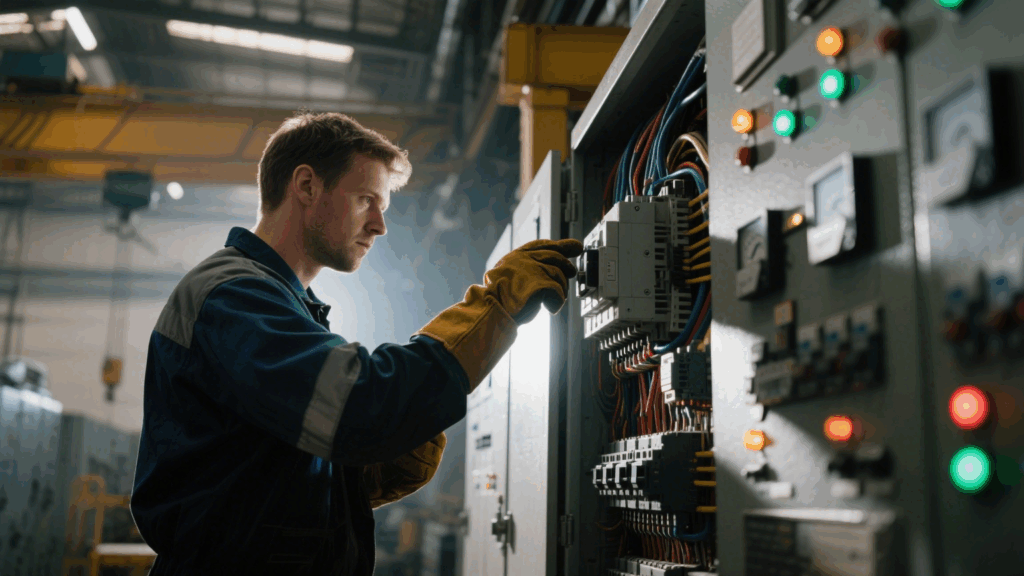
1. Equipment Reset
After completing operations, raise the hook to a safe height, retract the crane arm, cut off the power supply, and lock all doors and windows in the operator’s cabin.
2. Daily Maintenance
Regularly clean the equipment to remove oil and debris, lubricate key components, and immediately report any faults for repair. Equipment must not be stored with existing faults.
3. Record Keeping
Operators should diligently fill out operational and inspection records, documenting job details, equipment status, and any issues addressed.
IV. Emergency Management
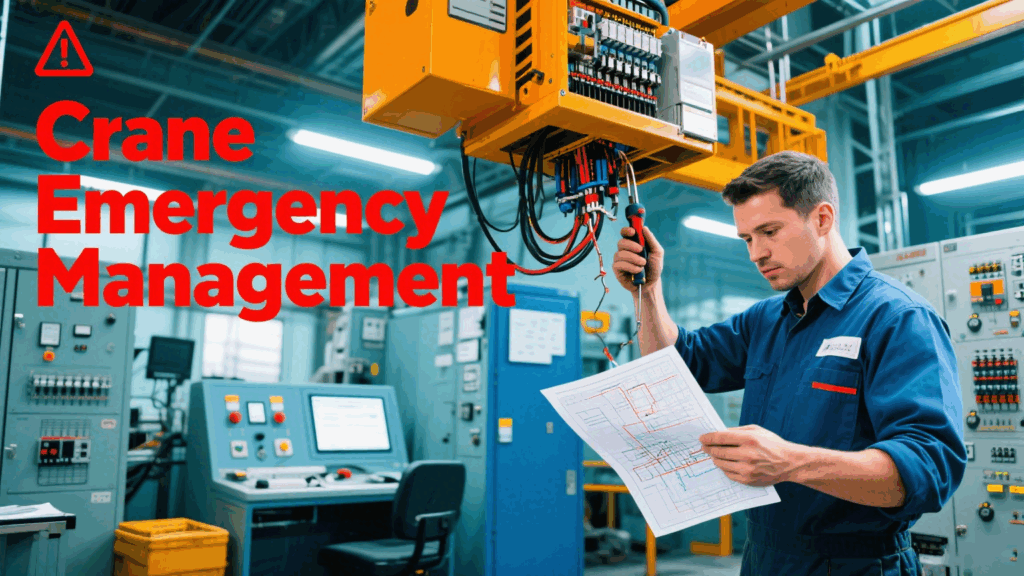
1. Emergency Response
All personnel should be familiar with the emergency response plan for unexpected incidents involving cranes. In cases of equipment failure, load drops, or personnel injuries, promptly initiate emergency procedures, evacuate personnel, and begin rescue operations.
2. Monitoring and Inspection
Management should regularly carry out safety inspections to verify compliance with operational protocols, equipment maintenance, and personnel protection. Take strict actions against violations and ensure prompt rectification of any issues identified.
Conclusion
Safety is a fundamental prerequisite for production. All personnel must remain vigilant and strictly follow the requirements outlined in this Crane Safety Guide to maintain a safe working environment and eliminate the risk of accidents. By prioritizing safety measures, organizations can prevent various incidents, ensuring efficient and secure crane operations.
Investing in reliable cranes and proper safety equipment not only enhances operational efficiency but also instills confidence within your workforce. For any cranes or lifting equipment purchases, consider the importance of integrated safety features, regular training, and comprehensive pre-operation assessments to foster a culture of safety and responsibility in your workplace.
All News
Recent Posts
2025/1/25
2025/2/7
2024/8/1
Contact Us Now
Have questions about our cranes or need help?
Reach out to our friendly team for expert support and guidance.
We are here to help you power your journey towards a greener future !
Address: Crane Industry Park, Xinxiang City Henan Provice

